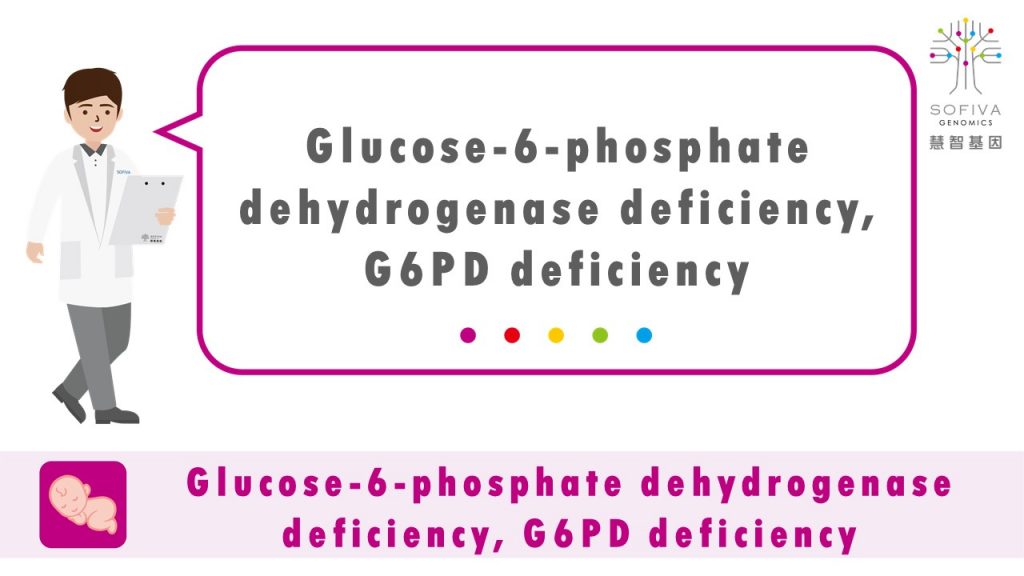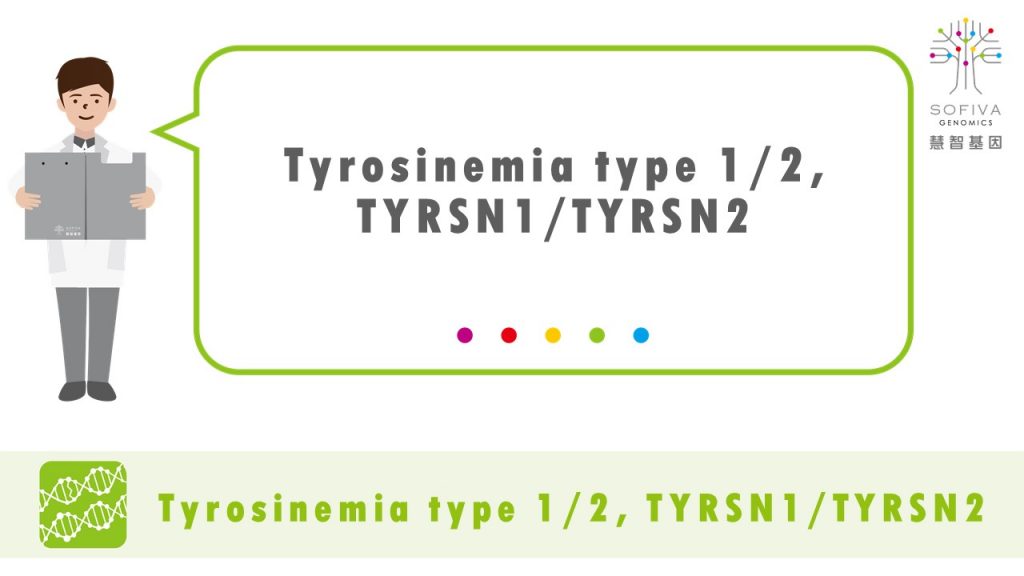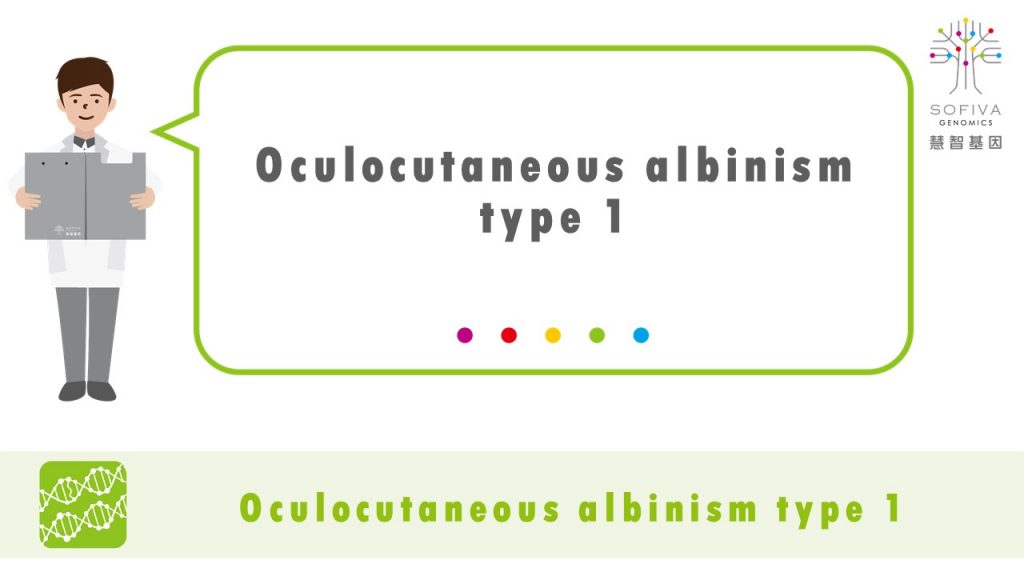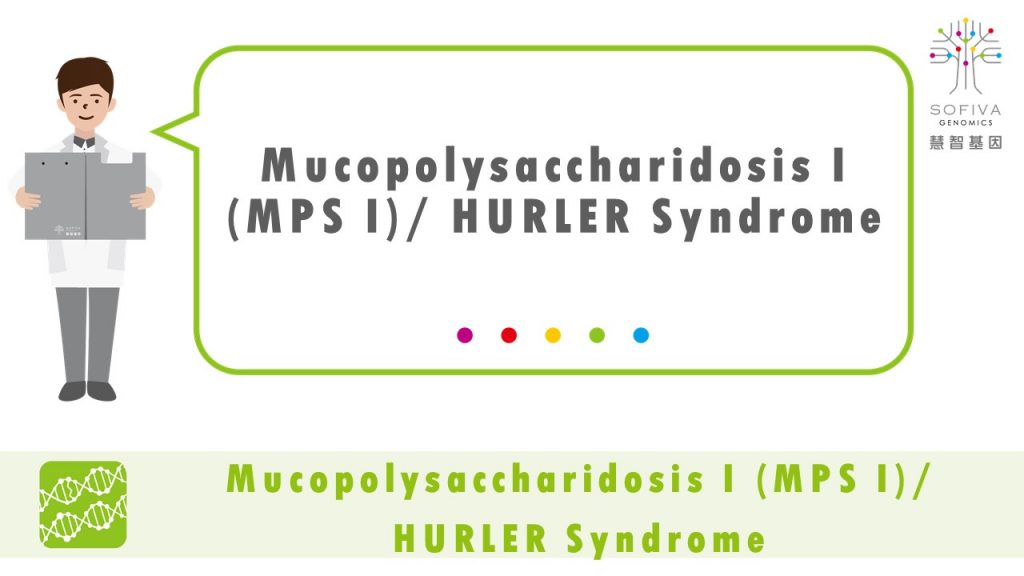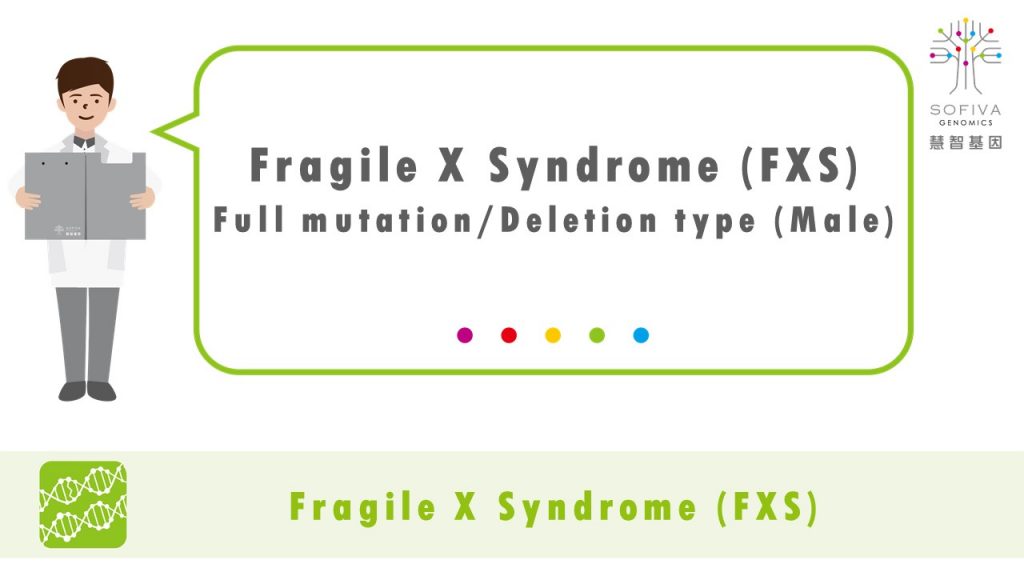What is glucose-6-phosphate dehydrogenase (G6PD)?
Glucose-6-phosphate dehydrogenase (G6PD) is a vital enzyme in all types of cells for the normal processing of carbohydrates turn into energy. It especially plays a critical role in red blood cells.
Introduction of glucose-6-phosphate dehydrogenase (G6PD) deficiency
G6PD deficiency is the most common metabolic disorder of red cells. It is particularly common in certain parts of South-East Asia, Mediterranean, and Africa. Patients with G6PD deficiency lead to red blood cells is sensitive to some medicines, foods, and infections which can be damaged and destroyed cells, and further cause hemolysis.
Frequency of glucose-6-phosphate dehydrogenase (G6PD) deficiency
An estimated 400 million people worldwide have glucose-6-phosphate dehydrogenase deficiency.
Symptoms of glucose-6-phosphate dehydrogenase (G6PD) deficiency
Mostly G6PD deficient cases are asymptomatic though they may have the risk of neonatal jaundice (NNJ) and acute intravascular hemolysis during oxidative stress. Chronic nonspherocytic hemolytic anemia (CNSHA) due to G6PD deficiency is rare.
What should I do for abnormality detected?
Patients with G6PD deficiency should avoid taking the medicine and food, such as antimalarial medicines and sulfa drugs which may induce hemolysis. The neonatal patients should be monitored to prevent the incidence of jaundice by getting promptly treatments. In case of infection, diabetes ketoacidosis (DKA) and hepatitis should be cautious during therapies. Once hemolysis occurs, the treatment is same as the method for hemolytic anemia.
How is glucose-6-phosphate dehydrogenase (G6PD) deficiency treated?
Specific treatment for G6PD deficiency will be determined by your child’s doctor in consultation with you.
References
- Southeast Asian J Trop Med Public Health. 2008;39(1):154-61.
- Sci Rep. 2018;8(1):833.
- MedlinePlus

